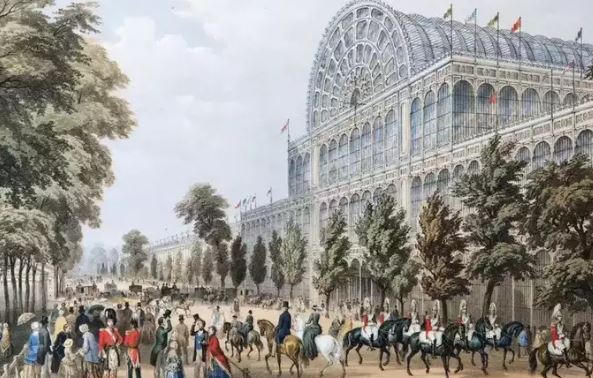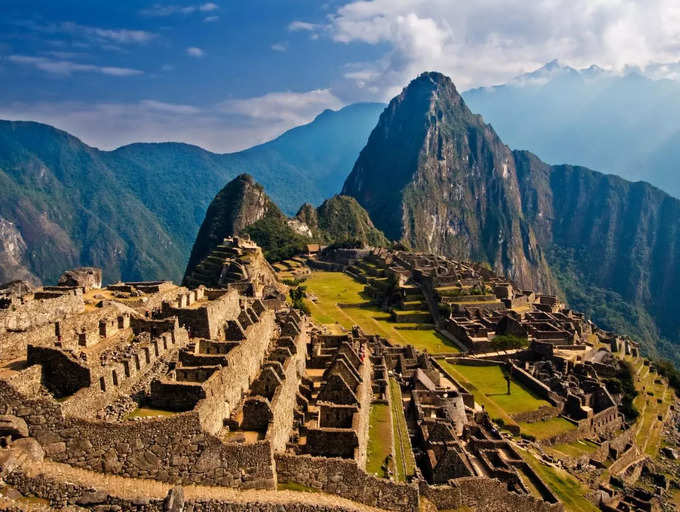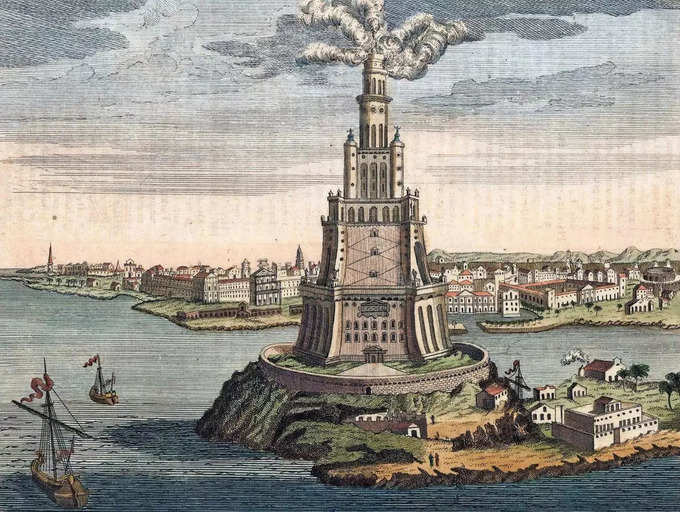Lifestyle
8 lost architectural wonders of the world

The world is full of amazing architectural wonders, from ancient pyramids to modern skyscrapers.
But some of these wonders have been lost to time, war, natural disasters, or human intervention, leaving behind only traces of their former glory.
In this article, we will explore some of the lost architectural wonders of our world, and learn about their tales, which were once lost to time.
1. Machu Picchu: A hidden Inca city

Nestled high in the Andes, Machu Picchu is a brilliant example of the architectural prowess of ancient Inca civilization. This ancient city, hidden amidst breathtaking mountain landscapes, showcases intricate stone structures and terraced fields, and was the royal estate of the Inca emperor Pachacuti. The city was abandoned around the 16th century, possibly due to the Spanish conquest or an epidemic, and remained unknown to the outside world until 1911, when it was rediscovered by American explorer Hiram Bingham.
2. The Lighthouse of Alexandria: A wonder of the ancient world

The Lighthouse of Alexandria was one of the Seven Wonders of the Ancient World, and the tallest man-made structure in the world for many centuries. It was built in the 3rd century BC by Ptolemy I, the ruler of Egypt, on the island of Pharos, near the city of Alexandria. The lighthouse was a marvel of engineering and design, standing at about 120 meters high, and consisting of three tiers: a square base, an octagonal middle, and a circular top. The lighthouse had a large fire at its summit, which was reflected by a mirror to guide ships in the Mediterranean Sea.
The lighthouse was damaged by several earthquakes over the centuries, and eventually collapsed in the 14th century. Its ruins were used to build a fort by the Mamluk Sultan in the 15th century, and some of its stones were found underwater by archaeologists in the 20th century.
3. The Hanging Gardens of Babylon: A legendary paradise

The Hanging Gardens of Babylon were another one of the Seven Wonders of the Ancient World, and one of the most elusive and mysterious. According to ancient writers, the gardens were built by King Nebuchadnezzar II in the 6th century BC, as a gift for his wife Amytis, who missed the green hills of her homeland. The gardens were said to be a spectacular sight, with lush plants, flowers, and trees, supported by terraces and columns, and irrigated by a complex system of pumps and canals.
However, there is no conclusive evidence that the gardens ever existed, as they are not mentioned in any Babylonian records, and no archaeological traces have been found. Some scholars suggest that the gardens were either a myth, a poetic invention, or a confusion with another site, such as the Assyrian capital of Nineveh.
4. The Amber Room: A masterpiece of art and craftsmanship

The Amber Room was a chamber decorated with amber panels, gold leaf, and mirrors, and considered one of the most valuable and beautiful works of art in the world. It was originally created in the 18th century in Prussia, and later given as a gift to Tsar Peter the Great of Russia, who installed it in his palace in St. Petersburg. The room was a symbol of the friendship and alliance between the two countries, and was admired by many visitors and dignitaries.
The room was looted and dismantled by Nazi Germany during World War II, and taken to Königsberg, where it was displayed in a museum. The fate of the room after the war is unknown, as it was either destroyed by the Allied bombing, hidden by the Nazis, or stolen by treasure hunters. Several attempts have been made to locate and recover the room, but none have been successful. A replica of the room was completed in 2003, and can be seen in the Catherine Palace near St. Petersburg.
5. The Library of Alexandria: A repository of knowledge and wisdom

Established in the 3rd century BC by Ptolemy I, the Library of Alexandria stood as a monumental center of learning and culture in the ancient world. It housed hundreds of thousands of scrolls and books, covering various fields of knowledge, such as philosophy, mathematics, astronomy, medicine, and literature. The library also attracted many scholars and thinkers, who studied, wrote, and debated in its halls.
The library was destroyed by several fires and invasions over the centuries, and its exact location and contents are still uncertain. The loss of the library is considered one of the greatest tragedies in the history of civilization, as it resulted in the disappearance of many priceless and irreplaceable works of ancient wisdom and culture.
6. The Parthenon: A symbol of ancient Greece

The Parthenon was a temple dedicated to the goddess Athena, and the most iconic building of ancient Greece. It was built in the 5th century BC on the Acropolis of Athens, and was a masterpiece of classical architecture, with its elegant proportions, Doric columns, and sculptural decorations. The Parthenon also housed a colossal statue of Athena, made of gold and ivory, and a treasury of the Athenian state.
The Parthenon suffered from various attacks, conversions, and explosions over the centuries, and lost most of its original features and artworks. Today, only a ruined shell of the temple remains, and many of its sculptures are displayed in museums around the world, such as the British Museum in London. The Parthenon is still a symbol of the glory and culture of ancient Greece, and a source of inspiration for many architects and artists.
7. Angkor Wat: A majestic Khmer temple

Angkor Wat was a temple complex built by the Khmer Empire in the 12th century AD, and the largest religious monument in the world. It was originally dedicated to the Hindu god Vishnu, but later became a Buddhist shrine. The temple was a stunning example of Khmer architecture, with its five towers, intricate carvings, and moat. The temple also represented the cosmic order, with its orientation, layout, and dimensions corresponding to the Hindu cosmology.
The temple was abandoned in the 15th century, after the fall of the Khmer Empire, and was gradually overtaken by the jungle. It was rediscovered in the 19th century by French explorers, and became a popular tourist attraction and a UNESCO World Heritage Site. The temple is still a place of worship and a cultural treasure for the Cambodian people.
8. The Crystal Palace: A glass and iron wonder

The Crystal Palace was a huge glass and iron structure that was built for the Great Exhibition of 1851 in London. It was designed by Sir Joseph Paxton, who was inspired by the greenhouses he had built for the Duke of Devonshire. The Crystal Palace was a marvel of engineering and design, with its modular and prefabricated components, and its spacious and transparent interior. The Crystal Palace housed thousands of exhibits from various countries, showcasing the latest innovations and achievements of the Industrial Revolution.
The Crystal Palace was relocated to Sydenham Hill in 1854, and became a popular venue for concerts, exhibitions, and events. It was also surrounded by a park, with fountains, statues, and gardens. The Crystal Palace was destroyed by a fire in 1936, and only its foundations and some sculptures remain. The Crystal Palace was a symbol of the Victorian era, and a landmark of modern architecture.






